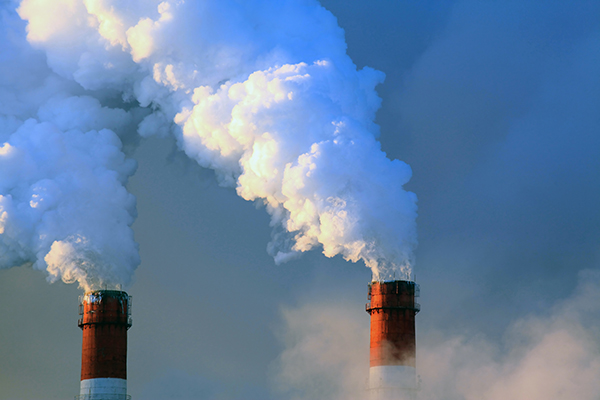The objective has been set: by 2030, the amount of greenhouse gases emitted must be decreased by 55%. The ultimate end goal is to have no greenhouse gas emissions in Europe by 2050. How come that the Netherlands is currently behind on reaching this goal, compared to other European countries?
According to recent data from the PBL Netherlands Environmental Assessment Agency, the Netherlands is much slower than its neighbours to reduce greenhouse gas emissions and to become climate neutral. More specifically, we seem to be two to three times slower. Countries such as the United Kingdom, Denmark, Sweden, Germany, France, and Belgium appear to be somewhat more efficient in their effort to optimize their energy consumption.
In the UK, the government implemented a climate change mitigation policy in 2008. Therefore, already in 2010, greenhouse gas emissions had significantly decreased from the starting point in 1990, thanks to closing coal-fired power stations, a rise in CO2 prices and investments in renewable energy. The Scandinavian countries are working hard on reducing emissions in the building and transport sector. In addition, Denmark and Sweden managed to reach an impressive consensus between the government and the opposition regarding climate accords. Denmark is also ahead of the Netherlands because it imports substantial amounts of biomass, which is still seen as a controversial source of energy in the Netherlands. France shows a notable example of the implementation of citizen forums, where a representative group can discuss and have an impact on complex decisions. These decisions, in turn, are expected to be accepted more positively by all of whole society. Examples of decisions taken in this manner are the increase of flight taxes, a ban on short flights and the expansion of airports. Forty-six recommendations from the forums in total have already been taken into account while drawing up policies.
So why does the Netherlands show a relatively meagre result compared to other European countries? One of the reasons, according to experts, is the fact that the climate change mitigation agreements were signed here in 2019, eleven years later than in the UK. Moreover, the Netherlands has experienced an amazingly fast economic growth and fast increase in the population in the last years. Even though energy consumption has become more efficient, the decrease in CO2 emissions is still not high enough – both within the industries and in the housing sector. The insulation of houses is quite good in the Netherlands, but the energy that is used for them is often fossil fuel derived. Moreover, nuclear energy is hardly used
in comparison with Belgium, the UK, France and Sweden. Experts therefore urge the Dutch government to try harder to implement more long-term climate policy.
All these factors together seem to have led to a decrease in greenhouse gas emissions by only 18% in the Netherlands since 1990. This means that the Netherlands must make quite a bit of effort to reach the expected 55% reduction by 2030. However, experts are not too pessimistic about it. They mention that the country still has a few important steps to take which will significantly and rapidly decrease greenhouse gas emissions. For instance, one such step could be closing coal-fired power stations. Another one is to speed up the development of centralized heating networks, instead of using private gas heating in each house. This will help to reduce the CO2 emissions from buildings. When these steps are taken, the Netherlands will decrease its greenhouse gas emissions approximately to the same level as the other European countries. If that is done, there comes a more difficult and drastic part, challenging for every nation. The experts expect that the amount of change that has to occur between 2030 and 2050 in order to reduce greenhouse gas emissions to zero, and this will require a great effort from all the countries. But for now, the Netherlands still has some work to do on the way to a more climate-friendly future.
Written by Anastasiia Myronenko
